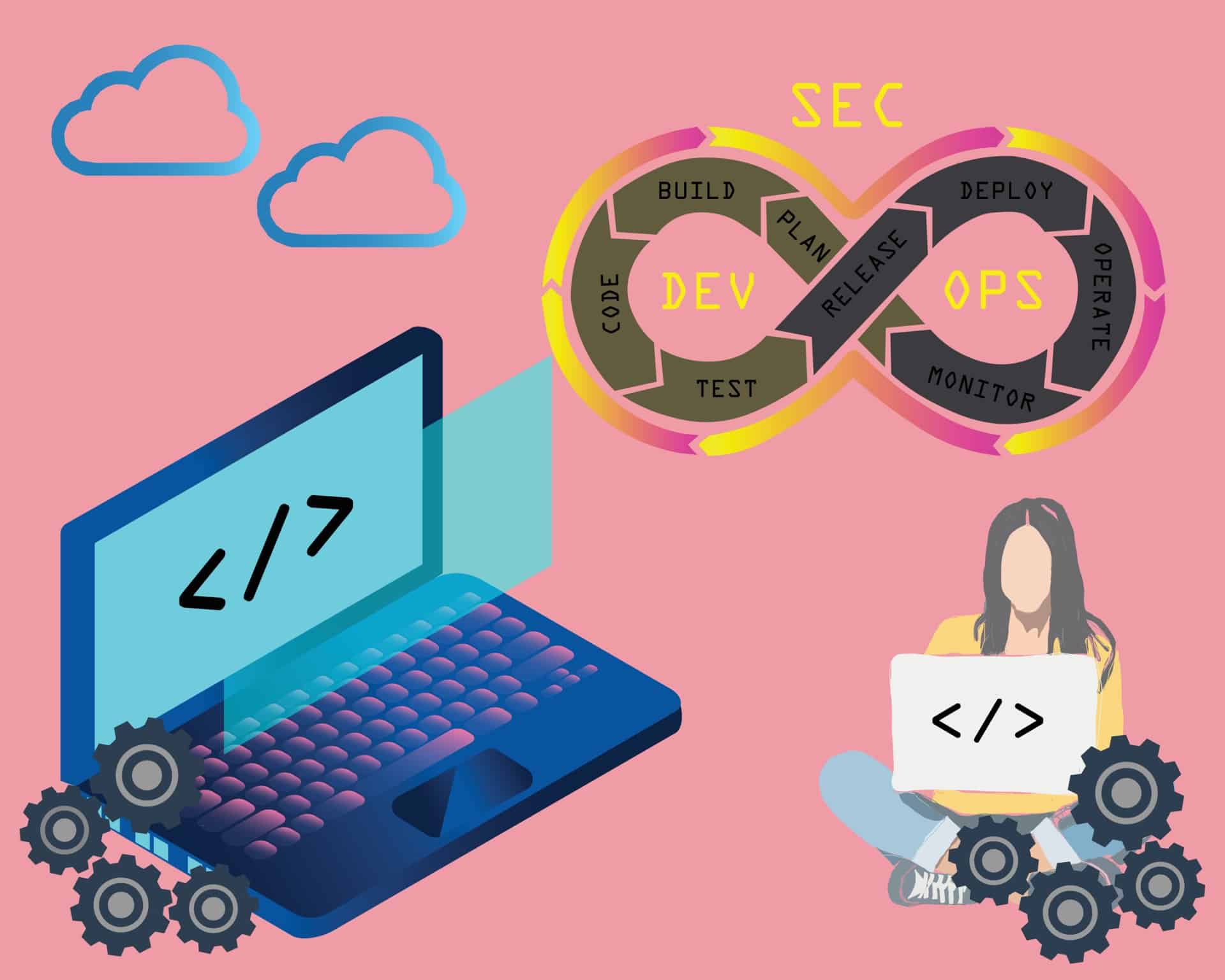Blogs
To know about all things Digitisation and Innovation read our blogs here.
DevOps
Securing Your Supply Chain: A Deep Dive into DevSecOps Implementation
SID Global Solutions
8 May 2023

Introduction
As the world becomes more interconnected and businesses increasingly rely on technology to operate, securing the supply chain has become a critical component of overall security strategy. In recent years, the use of DevSecOps has emerged as an effective approach to improving supply chain security. In this comprehensive guide, we will take a deep dive into DevSecOps implementation for securing your supply chain. We will cover everything from understanding what DevSecOps is, why it’s important, and how it can help secure your supply chain, to best practices for implementation and examples of successful DevSecOps deployments.
Also Read: 14 API Standards and Best Practices for Seamless Integration
What is DevSecOps?
DevSecOps is a set of practices that combines development, security, and operations to enable organizations to deliver secure and reliable software at a faster pace. The term “DevSecOps” is derived from the combination of “development,” “security,” and “operations.”
The primary goal of DevSecOps is to integrate security into the entire software development lifecycle, rather than treating it as an afterthought. By doing so, DevSecOps helps organizations build secure software faster and more efficiently. This approach involves a cultural shift, where everyone involved in the software development process is responsible for security, from developers to security teams and operations personnel.
Why is DevSecOps Important for Supply Chain Security?
The use of third-party software components has become increasingly prevalent in software development. However, this introduces new risks, as these components may contain vulnerabilities that can be exploited by attackers to compromise the security of the entire system. This is known as a supply chain attack.
DevSecOps can help organizations address these supply chain security risks by integrating security into the software development process. By doing so, organizations can ensure that any vulnerabilities in third-party components are identified and addressed early on in the development process, rather than after the software has been deployed.
In addition, DevSecOps can help organizations better manage the security of their supply chain by providing visibility into the security of third-party components. This can help organizations identify any potential vulnerabilities in their supply chain and take proactive steps to mitigate them.
Also Read: Top 10 Patterns To Manage Microservices Architecture
How to Implement DevSecOps for Supply Chain Security?
Implementing DevSecOps for supply chain security requires a holistic approach that involves people, processes, and technology. Here are some best practices to consider when implementing DevSecOps for supply chain security:
Adopt a Risk-Based Approach: When implementing DevSecOps for supply chain security, it’s important to take a risk-based approach. This involves identifying the most critical assets in your supply chain and focusing your security efforts on protecting them. This can help you prioritize your security efforts and ensure that you’re focusing your resources where they are most needed.
Establish a Security Culture: DevSecOps requires a cultural shift, where everyone involved in the software development process is responsible for security. This involves establishing a security culture within your organization, where security is a top priority for everyone involved in the software development process.
Integrate Security into the Entire Software Development Lifecycle: To effectively implement DevSecOps for supply chain security, you need to integrate security into the entire software development lifecycle. This means that security should be considered at every stage of the software development process, from design to deployment.
Use Automated Security Testing: To ensure that security is integrated into the entire software development lifecycle, you should use automated security testing tools. These tools can help you identify security vulnerabilities early on in the development process, before the software is deployed.
Implement Continuous Integration and Continuous Deployment (CI/CD): To improve the speed and efficiency of software development, you should implement continuous integration and continuous deployment (CI/CD). This involves automating the software development process, so that code changes are automatically built, tested, and deployed. This can help you deliver software faster and more reliably, while also ensuring that security is integrated into every stage of the process.
Conduct Regular Security Assessments: To ensure that your supply chain remains secure, you should conduct regular security assessments. This involves regularly reviewing the security of your supply chain and identifying any potential vulnerabilities that need to be addressed.
Ensure Compliance with Industry Standards and Regulations: When implementing DevSecOps for supply chain security, it’s important to ensure compliance with industry standards and regulations. This can help you ensure that your supply chain is secure and that you’re meeting any legal or regulatory requirements.
Collaborate with Third-Party Vendors: To effectively secure your supply chain, you need to collaborate with third-party vendors. This involves establishing clear security requirements and expectations with your vendors, and regularly reviewing their security practices to ensure that they’re meeting your requirements.
Also Read: The Future of API Development and How Platform Engineering is Shaping it?
Examples of Successful DevSecOps Implementations
There are many examples of organizations that have successfully implemented DevSecOps for supply chain security. Here are a few examples:
Netflix: Netflix has been a pioneer in the use of DevSecOps for supply chain security. The company uses a tool called “The Stethoscope,” which provides visibility into the security of devices used by Netflix employees. This tool has helped Netflix identify potential security risks and take proactive steps to mitigate them.
Capital One: Capital One has implemented DevSecOps to improve the security of its software development process. The company uses automated security testing tools to identify potential vulnerabilities in its software, and has established a security culture within the organization to ensure that security is a top priority for everyone involved in the software development process.
IBM: IBM has implemented DevSecOps to improve the security of its supply chain. The company uses automated security testing tools to identify potential vulnerabilities in third-party components, and has established a risk-based approach to supply chain security to ensure that it’s focusing its security efforts where they are most needed.
Conclusion
Securing your supply chain is critical to the success of your business. DevSecOps provides an effective approach to improving supply chain security, by integrating security into the entire software development lifecycle. By adopting a risk-based approach, establishing a security culture, integrating security into the entire software development lifecycle, using automated security testing, implementing CI/CD, conducting regular security assessments, ensuring compliance with industry standards and regulations, and collaborating with third-party vendors, you can effectively secure your supply chain and ensure the success of your business.









